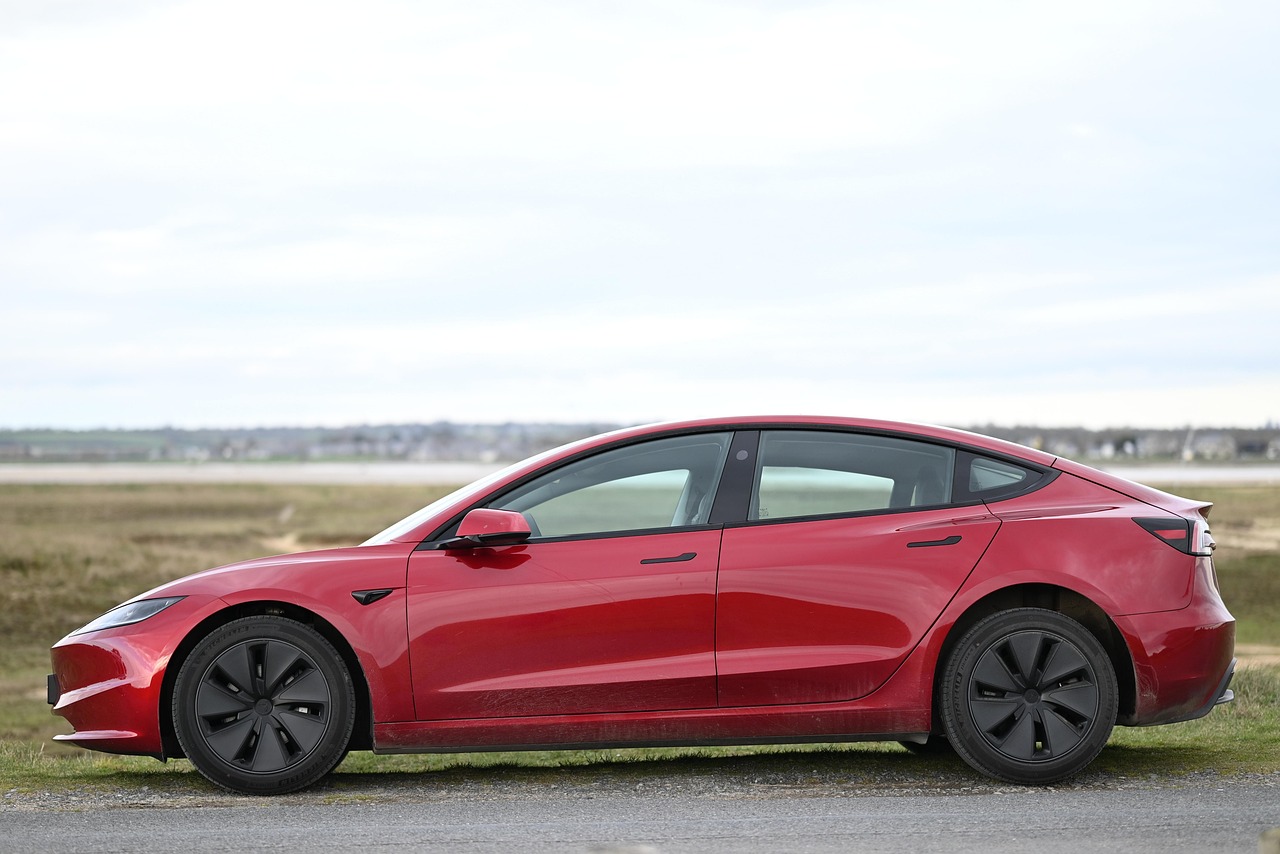Tesla’s futuristic Cybertruck is experiencing a dramatic sales decline, with third-quarter 2025 deliveries dropping 63% year-over-year to just 5,385 units. The steep fall marks a troubling trajectory for what was once positioned as Tesla’s most anticipated vehicle launch, with the electric pickup now selling at a rate far below the company’s ambitious production targets.
A Steep Decline from Initial Hype
The Cybertruck’s sales performance represents a stark contrast to its launch momentum. In Q3 2024, Tesla delivered nearly 17,000 units as the company worked through its massive reservation backlog. However, that initial surge has given way to sustained weakness throughout 2025, with total sales reaching only 16,000 units so far this year.
The decline has been particularly pronounced in recent quarters. Q2 2025 saw deliveries fall to approximately 4,300-5,000 units, representing a 51% year-over-year drop. While Q3 showed a modest uptick to 5,385 units, the overall trend remains decidedly negative, with the vehicle selling at an annualized rate of just 20,000 units—far below Tesla’s planned production capacity of over 250,000 units per year.
Competition Outpaces the Cybertruck
The sales struggles become even more apparent when compared to competitors in the electric pickup segment. Ford’s F-150 Lightning has consistently outsold the Cybertruck, delivering 5,842 units in Q2 2025 despite experiencing its own 26% year-over-year decline. The GMC Hummer EV has also surpassed Tesla’s offering, with 4,805 units sold in the same period (combining pickup and SUV variants).
General Motors has further eroded the Cybertruck’s market position through its multi-model electric truck strategy. The company delivered 3,056 Silverado EVs and 1,524 GMC Sierra EVs during Q2, alongside the Hummer EV sales. Combined, GM’s electric truck portfolio is now outselling the Cybertruck, marking a significant shift in the competitive landscape.
Pricing and Perception Problems
The Cybertruck’s struggles stem from multiple factors, chief among them pricing concerns. Tesla originally promised a $40,000 starting price, but the actual vehicle has proven significantly more expensive. Even a Long Range RWD variant designed to be more affordable has failed to hit the anticipated price point, limiting the vehicle’s appeal to mainstream buyers.
Build quality issues and negative media coverage have also contributed to waning consumer interest. Controversies surrounding CEO Elon Musk have further dampened enthusiasm for the polarizing vehicle. Despite Tesla offering increased incentives in 2025, including access to the $7,500 federal tax credit, demand has continued to deteriorate.
Opacity in Reporting Masks Full Extent of Decline
Tesla’s reporting practices make it difficult to gauge the full scope of the Cybertruck’s challenges. The company bundles the Cybertruck with Model S, Model X, and Tesla Semi in an “other models” category, obscuring individual vehicle performance. This lack of transparency means the Cybertruck’s actual sales figures must be estimated by subtracting known quantities from aggregate data.
Notably, Tesla’s “other models” category has fallen to less than half its peak in 2024 and is now lower than Q1 2023 levels—when the category didn’t even include the Cybertruck. This suggests the electric pickup may be cannibalizing sales from Tesla’s other premium vehicles without generating sufficient new demand.
What’s Next for the Cybertruck Program
Analysts predict even lower sales in 2025 compared to 2024’s approximately 39,000 units. With the vehicle unlikely to eclipse its debut year performance, questions are emerging about the long-term viability of the program. Reports have even surfaced that Elon Musk’s other companies, SpaceX and xAI, are purchasing unsold Cybertrucks, potentially indicating inventory challenges at Tesla.
Despite the sales decline, Tesla’s overall stock performance has remained resilient, with shares rising 3.4% on Monday afternoon. The company continues to dominate the broader U.S. EV market, accounting for 41% of all electric vehicle sales during Q3 2025. However, the Cybertruck’s struggles serve as a cautionary tale about the challenges of bringing unconventional designs to market at premium price points, even for a brand as influential as Tesla.
Sources
https://www.gurufocus.com/news/3140913/tesla-tsla-cybertruck-sales-drop-63-in-q3
https://electrek.co/2025/07/02/tesla-confirms-cybertruck-sales-are-down-to-just-5000-units/
https://teslanorth.com/2025/10/13/tesla-tops-u-s-ev-sales-in-record-breaking-q3-2025/
https://fortune.com/2025/07/17/demand-elon-musks-tesla-cybertruck-plummeted-second-quarter-new-data/
https://electrek.co/2025/10/13/elon-musks-spacex-and-xai-are-buying-teslas-unsold-cybertrucks/
https://ev.com/news/tesla-cybertruck-sales-crash-50-as-rivals-gain-market-share
https://europeanbusinessmagazine.com/business/tesla-sells-over-16000-cybertrucks-in-2025/
https://www.aol.com/news/tesla-cybertruck-sales-stalling-100424517.html
